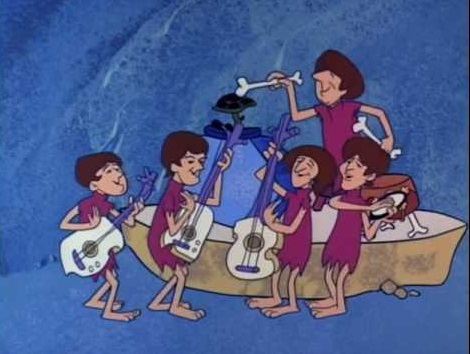
Bottom line:
Our series on forgotten bands continues with folk- and country-rock pioneer Gene Clark, who wrote the best original songs on The Byrds’ first two albums, Mr. Tambourine Man and Turn! Turn! Turn! Exhibit A: “I’ll Feel a Whole Lot Better.” (On Fifth Dimension, he co-wrote “Eight Miles High.”) Clark went into country-rock full-time after leaving The Byrds in 1966, with excursions into roots rock, acoustic folk, romantic duets, and dense, prog-adjacent music.
The mystery to me is why this man didn’t ascend into Crosby, Stills & Nash with his Byrds buddy David Crosby or even in place of Crosby. Clark sang beautifully, though not as beautifully as Crosby, who may have been a UFO alien. Clark was a weak guitar player in his early years, and he would have had a problem keeping up with Stephen Stills and that other fella they hired, Neil somebody. But Crosby wasn’t exactly Jimi Hendrix or even Ron Elliott from The Beau Brummels. Clark was by far the more talented composer, plus he could take or leave hippies; Crosby couldn’t get enough of them.
Moment of glory:
Being a Byrd. That should be enough for most people. That’s him on the far right of one of the most famous album covers of the 1960s.
His story:
I’m going to keep this short because Clark, while prolific on his own, never got anywhere commercially, and I suspect that embittered him and led to his death at 47 from drinking. He reminds me of another unlucky natural, his contemporary Gram Parsons, who died under that Joshua tree so that U2 might live.
Speaking as someone who is talented but not talented enough, Clark’s story makes me uneasy. Good thing I keep my drinking (Manischewitz) under control (as in, only at Dad’s house*).
* Run-DMIrving once poured two colors of Manischewitz into one bottle because he was tired of two half-full bottles of the stuff taking up so much room in the fridge three months after he bought them for Passover.
The one album to own:
You already own them: Mr. Tambourine Man and Turn! Turn! Turn! His solo work is interesting one track, not so interesting the next, but if you prefer country, try Gene Clark with the Gosdin Brothers (“So You Say You Lost Your Baby”). If you prefer artsy rock, No Other (the title track). Something more Byrds-like? FireByrd (his joyful cover of Gordon Lightfoot’s “If You Could Read My Mind”). Frankly, you could sample the first three tracks on any Gene Clark album and probably hit something you like.
He was a complicated man. I wonder if anyone understood him.
That’s it for the sad forgotten bands. From here on it’s the upbeat, dynamic, eccentric, under-the-radar, gotta-dance, women-are-doing-it-for-themselves (and, in one case, deservedly forgotten) forgotten bands.


